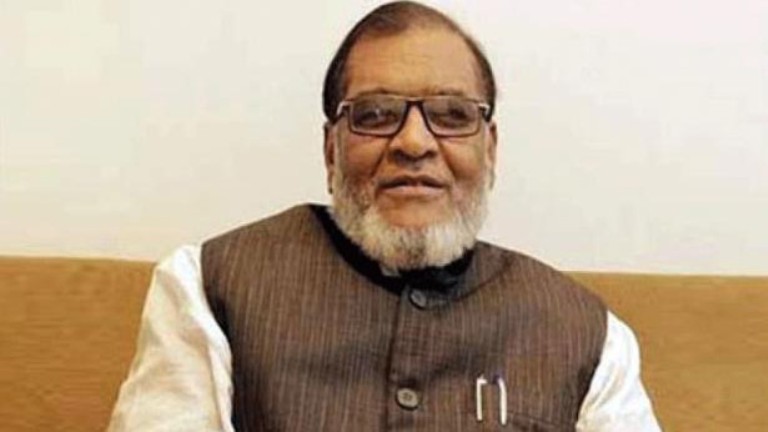
A.K.M Mozammel Haque COURTESY
The brave people of Gazipur (then Joydevpur) roared against the invading forces of Pakistan and went to war on the historic March 19 in 1971. I remember an unforgettable mass uprising of the Bengali nation in those turbulent days of March. In a sudden radio address on the afternoon of March 1, 1971, the President of Pakistan, General Yahya Khan, adjourned the National Assembly scheduled on March 3 for an indefinite period.
As soon as the people across the then East Pakistan heard it, they spontaneously protested and took to the streets against the announcement. There were chants all over the country saying “Hold the arms of brave Bengalis - make Bangladesh independent”, “Pindi na Dhaka, Dhaka-Dhaka”, “Punjab na Bangla, Bangla, Bangla”, “Your Home, Our Home, Padma-Meghna-Jamuna”, “Who are you, who am I, Bengali - Bengali.”
Bangabandhu vehemently protested Yahya’s announcement at a meeting at the Purbani Hotel in Dhaka and called a strike in Dhaka on March 2 and all over Bangladesh (then East Pakistan) on March 3 and a public meeting at Suhrawardy Udyan on March 7.
At my suggestion in Joydebpur (today’s Gazipur) on the night of March 2, Md. Habib Ullah, General Secretary of the then Sub-Division Awami League, organised an all-party meeting at the official residence of the then Thana Animal Husbandry Officer Ahmed Fazlur Rahman.
The meeting was convened by me (A.K.M. Mozammel Haque) and an 11-member all-party struggle council was formed with Nazrul Islam Khan, the labour leader of the Bangladesh Ordnance Factory, as the treasurer, Ayesh Uddin, Md. Nurul Islam, Md. A. Chattar Mia Thana Awami League General Secretary late Hazrat Ali Master, Md. Shahid Ullah Bachchu, Harun-ur-Rashid Bhuiyan, Shahidul Islam Pathan Jinnah, Sheikh Abul Hossain, Thana Awami League President Dr Saeed Baksh Bhuiyan.
The high command (adviser) of the committee was Md. Habib Ullah (late), Workers Union Leader M. A. Muttalib and National Awami Party (NAP) Leader Babu Monindranath Goswami.
We formed this committee before Bangabandhu’s announcement on March 7. There is a history behind it. I joined the “Swadhin Bangla Nucleus” in 1966 as a member of the Central Committee of the then East Pakistan Chhatra League.
The purpose of the nucleus was to liberate Bangladesh through armed struggle. This was formed in 1962 under the direction of Bangabandhu. The nucleus was formed among the Bengali soldiers on the advice of Bangabandhu to liberate Bangladesh by expelling the Pakistanis through an armed struggle within the Pakistani army.
The details of which can be found in the “State V. A case was filed against Sheikh Mujibur Rahman” by the then self-proclaimed Field Marshal Ayub Khan, the then President of Pakistan, which is best known as the famous Agartala conspiracy case.
Due to my involvement with the nucleus, I realized that this was high time (Mahendrakshan) for taking preparation for armed struggle.
At the initiative of the All-Party Struggle Council in Joydepur (Gazipur), the Pakistani flag was burnt at a rally on March 3, 1971 at Battala on the west side of Gazipur stadium.
Slogan started against Yahya. "Liberate Bangladesh”, “Brave Bengalis Hold arms, Liberate Bangladesh”.
We joined the rally on March 7 at Suhrawardy (the then Racecourse) Udyan with thousands of brave people by train from Joydebpur (Gazipur) and hundreds of trucks and buses with red ribbons on their heads. Today, it is amazing to think how this genius came and merged in an ocean on March 7.
Encouraged by Bangabandhu's speech on March 7, 1971, we attacked Gazipur Armament Factory on March 11. I stood at the table in front of thousands of people and spoke to mike when the gate was blocked.
We spoke in English so Pakistanis could understand. “I do hereby dismiss Brigadier Karimullah from the directorship of the Pakistan Ordnance Factory and do hereby appoint Administrative Officer Abudul Qader (Bangali) as the director of the factory.” This really worked.
AT that time, the Pakistani brigadier escaped through back gate and fled to Dhaka. He did not return Gazipur before April 15. The Pakistan arms factory was under our control till March 27.
Probably on March 13, when the then East Pakistan Sahebzada Yaqub Ali tried to land in a helicopter at Joydebpur Rajbari ground, hundreds of brave people started throwing bricks and shoes at the helicopter and for this the helicopter could not land and returned.
March 17, 1971 (Wednesday) was the birthday of the great leader Bangabandhu. Millions of people gathered at Dhanmondi road No. 32 to wish Bangabandhu a happy birthday. I went with Samsul Haque, MNA of our constituency at that time (later a member of Bangabandhu's cabinet), Habib Ullah to inform Bangabandhu about the disarmament of the 2nd East Bengal Regiment at Joydebpur.
“Resist at the cost of anything,” I got the order of our leader Bangabandhu. On Friday March 19, a Pakistani regiment led by Brigadier Jahan Jeb suddenly reached Joydebpur (Gazipur) to disarm the 2nd East Bengal Regiment.
While taking bath a deputy subedar informed that Brigadier Jahan Jeb had left Dhaka. Upon receiving the news, I immediately returned to the then Muslim hostel and informed Habibullah and Shahidullah Bachchu.
Shahidullah Bachchu then went to Shimultali, machine tools factory, diesel plant and armament factory workers were told to leave for Joydevpur with everything they had. Within an hour, thousands of workers came to Joydebpur with local arms including sticks, chopper, chains and two-barrel guns.
That was the day of Joydevpur hat. At the Joydebpur railway gate, a huge barricade was erected with the help of freight carriages, useless railway lines, big tree trunks including wood, wood, bamboo, bricks etc.
Five more barricades were set up from Joydebpur to the crossroads to resist Pakistani forces from returning with weapons. Major K.M. Shafiullah (later Commander-in-Chief) was the Second-in-Command of the 2nd East Bengal Regiment.
While we were barricading, a convoy with rations was coming from Tangail to Joydebpur. The crowd stopped the ration car. Chinese rifles of 5 soldiers in that convoy were snatched from them.
In this direction, Brigadier Jahan Jeb ordered the 2nd East Bengal Regiment to remove the barricade from the railway gate. As a trick, he ordered Major Shafiullah to shoot at the crowd, taking the position of the Punjabi troops in front and behind the Bengali troops.
As the Bengal Regiment troops continued to advance towards the sky without firing on us and the masses, we took position on the present Gazipur Central Jame Mosque and started firing at army with guns and Chinese rifles.
Neymat and Manukhlifa were shot dead in Joydebpur by the firing of the Pak aggressors. Chatar Santosh and hundreds of heroic people including Dr. Yusuf were injured. Our resistance broke down when the Pak army imposed curfew and started firing indiscriminately.
When we retreated after a long time to clear the barricade, Brigadier Jahan Jeb Chandna came to the crossroads and faced heavy obstruction again. Prominent football player Hurmat attacked a Punjabi soldier from behind.
We didn't snatched rifles of the soldiers. But in the back, another Punjabi soldier shot Hurmat in the head and Hurmat died there. At present, a sculpture called “Jagrat Chowrangi” has been erected at the crossroads.
After March 19, slogans were chanted all over Bangladesh, “March towards Joydevpur - Make Bangladesh independent”, “March forward Joydevpur - start armed war”.
In a letter addressed to the people of Gazipur on 19 March 1972, Father of the First Nation Bangabandhu Sheikh Mujibur Rahman paid homage to the martyrs during the armed resistance on 19 March and congratulated the people of Joydebpur for their heroic deeds.
I remember Bangabandhu with deep respect on the occasion of the birth centenary of Father of the Nation Bangabandhu and the golden jubilee of great independence.
On the occasion of the Golden Jubilee of the First Armed Resistance Movement, I pay my deepest respects to all the participants.
The armed struggle of March 19 is a milestone in the history of the War of Liberation.
If March 19 is celebrated nationally as the first day of armed resistance, I think the history of the beginning of the War of Liberation will be properly preserved.
[Author is a heroic freedom fighter and Minister for Liberation War Affairs]







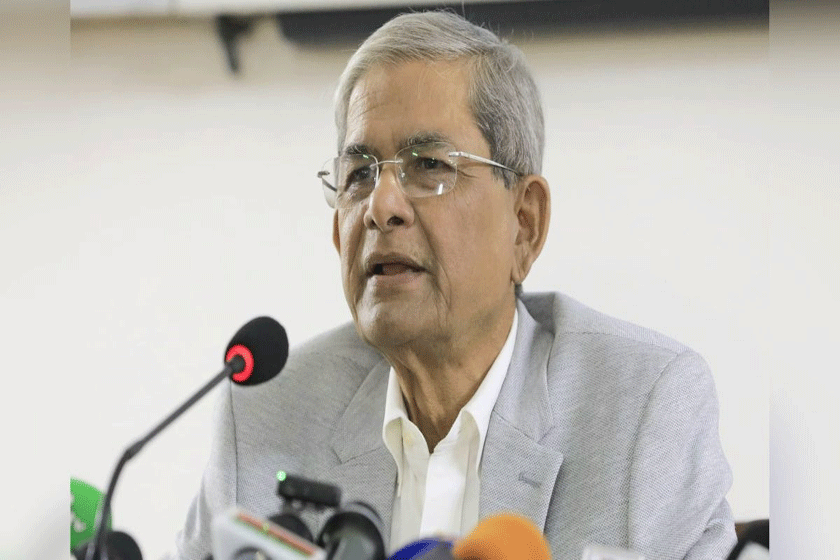

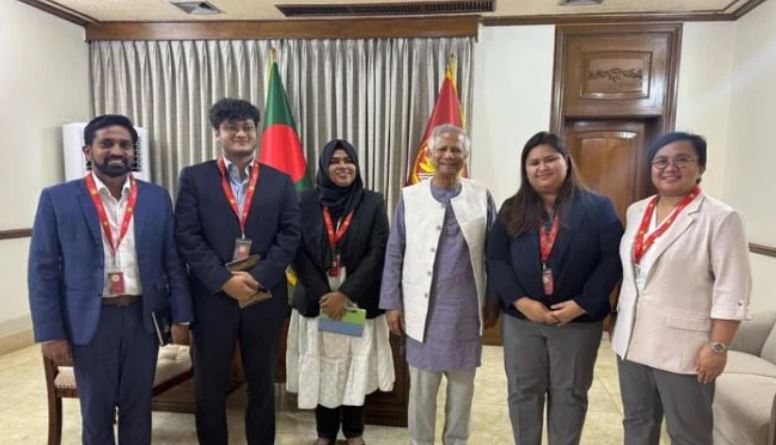
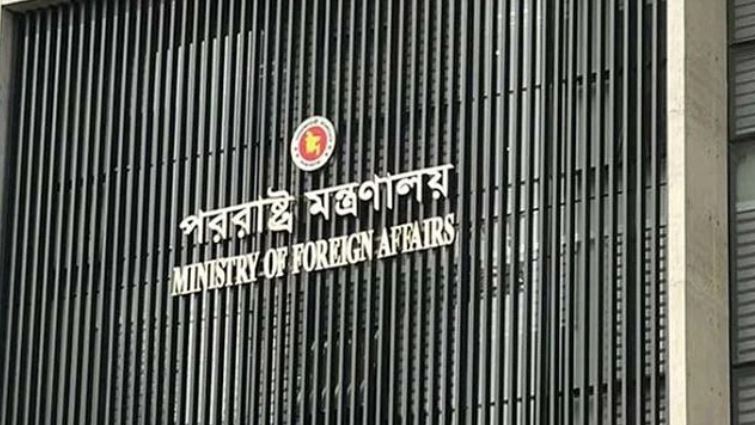
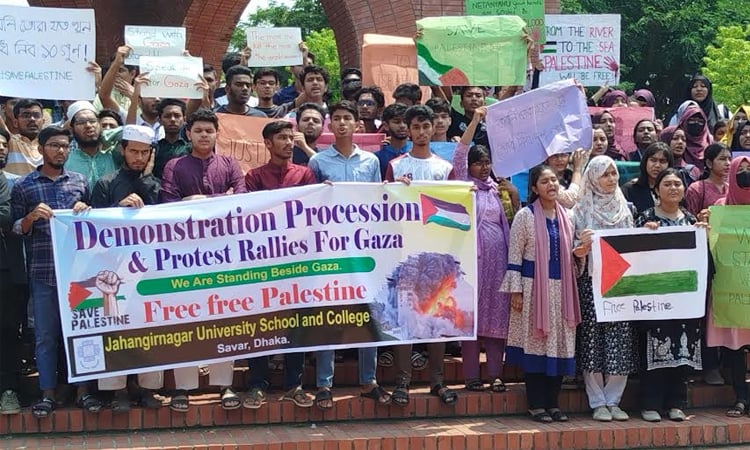
0 Comments